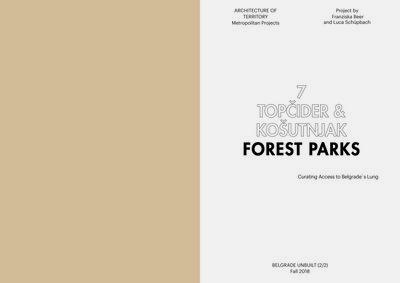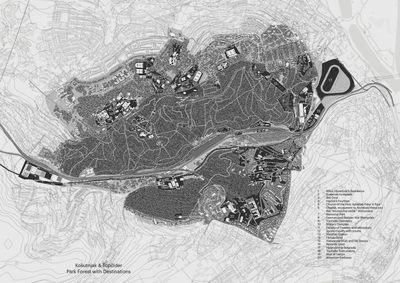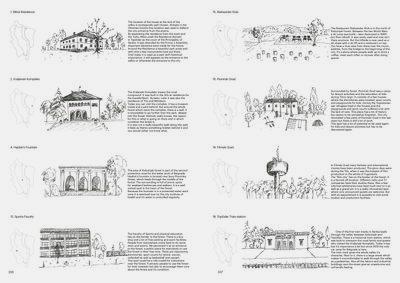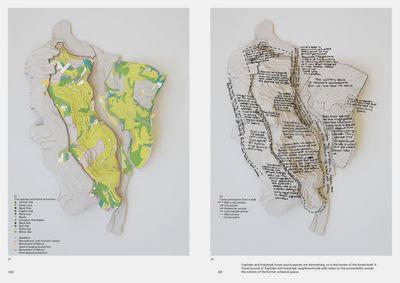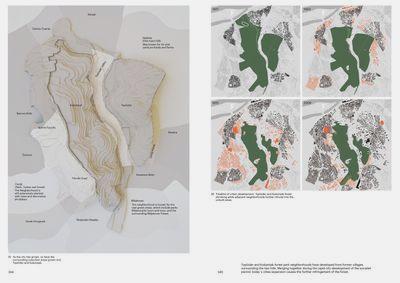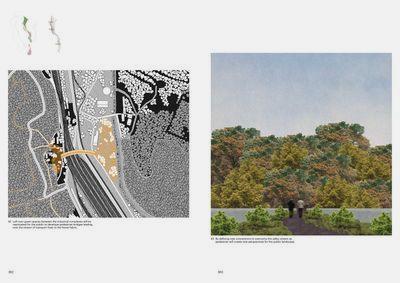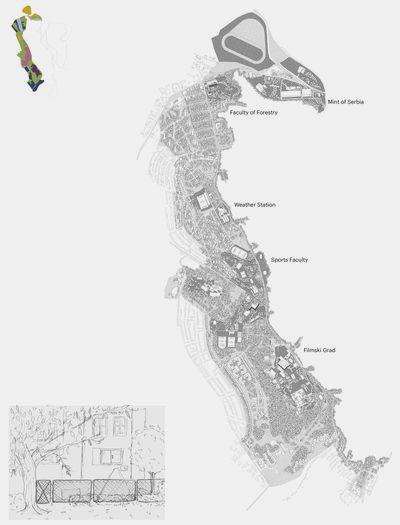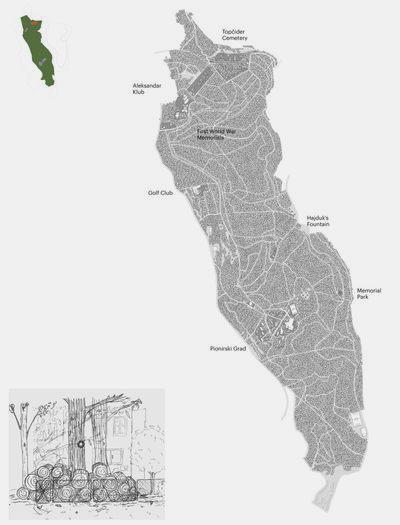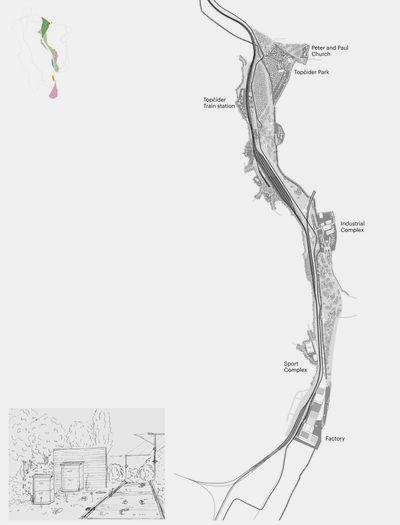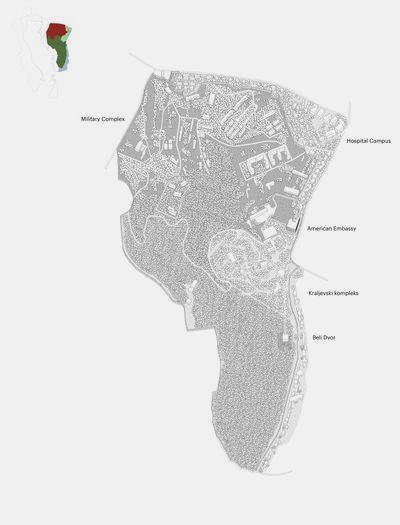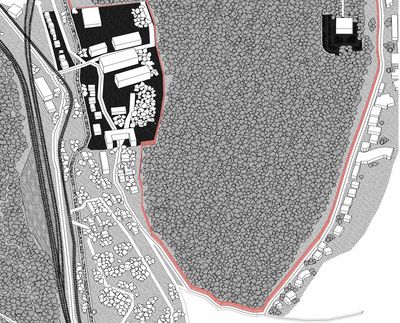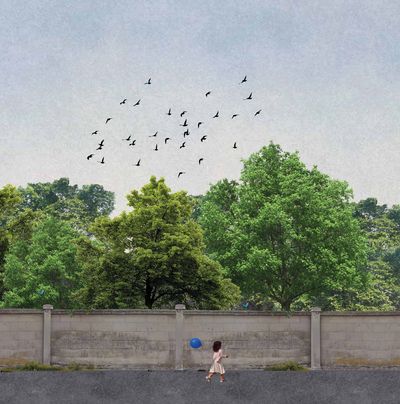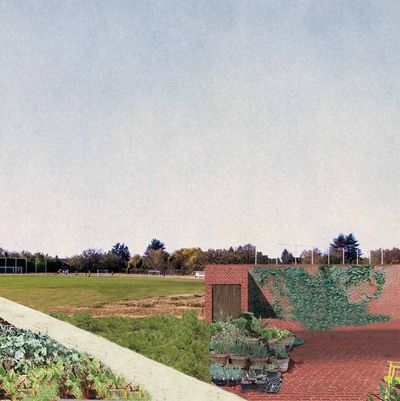Topčider & KošutnjakForest Parks: Curating Access to Belgrade’s LungFranziska Beer and Luca Schüpbach

Topčider and Košutnjak are among Belgrade’s most established urban recreational areas. Well maintained and with adequate facilities, they share a long history as leisure grounds for aristocratic and later public use. Originally they were chosen by the Obrenović dynasty for their beauty, and positioned outside of the reach of the fortress’ cannons, as a site for a symbolic residence and hunting grounds. Topčider was later transformed into an English-style park with a hippodrome and a high-security military area. The Košutnjak forest has remained publicly accessible with hiking paths, picnic sites, and restaurants. Serbia’s first railway, built in 1884 between Belgrade and Niš, stopped in the forests, making them readily accessible to the urban dweller.
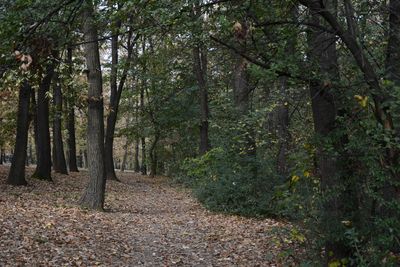
As the city has grown, so have the surrounding suburban areas grown into Topčider and Košutnjak. Many of the more prestigious civic and state structures are situated around and within the forests: the historic Serbian mint, the Royal Palaces, the Museum of Yugoslavia, and Tito’s mausoleum, as well as several university faculties, a hospital, and Orthodox churches. To the south is a porous fringe of leisure facilities, embassy quarters, and wealthier neighbourhoods. A few significant cultural complexes are found inside the Košutnjak forest: Pionirski Grad, the socialist children’s camp, with sports facilities, sleeping halls, and playgrounds; Serbia’s national radio station and transmission tower; Filmski Grad, a large complex of film production halls and studios, which houses Serbia’s national television station; and Avala Studios, the most prestigious Yugoslavian film production company. The forest is also a popular venue for festivals, open-air cinemas, and concerts.
In 2014, the city designated Košutnjak Forest a protected area and natural monument. Topčider Park, with its many old platanus trees and historic buildings, is under protection as well. These forests have been historically shaped and preserved both as important state symbols and deeply ingrained sites of collective memory.
Topčider & Košutnjak are deeply rooted in the minds of the Belgrade people as heritage sites, and their rich history is kept within the many destinations and toponyms. Both forested hills are used as leisure spaces for mountain biking, climbing, or relaxing walks. The rapid city development of Belgrade during the socialist period led to former villages encroaching on the hills and forests, challenging once again the meaning and appreciation of forests in the city. Admitting the current development tendencies around the forest hills and shifting symbolic meaning of wooded sites in the urban fabric, the project proposes to emphasise Topčider & Košutnjak as protected public forest parks. Creating strategic and curated access in distinct zones of the forest parks will help re-integrate the landscape into the broader Metropolitan picture and emphasise its importance and acceptance as Belgrade’s green lung.
